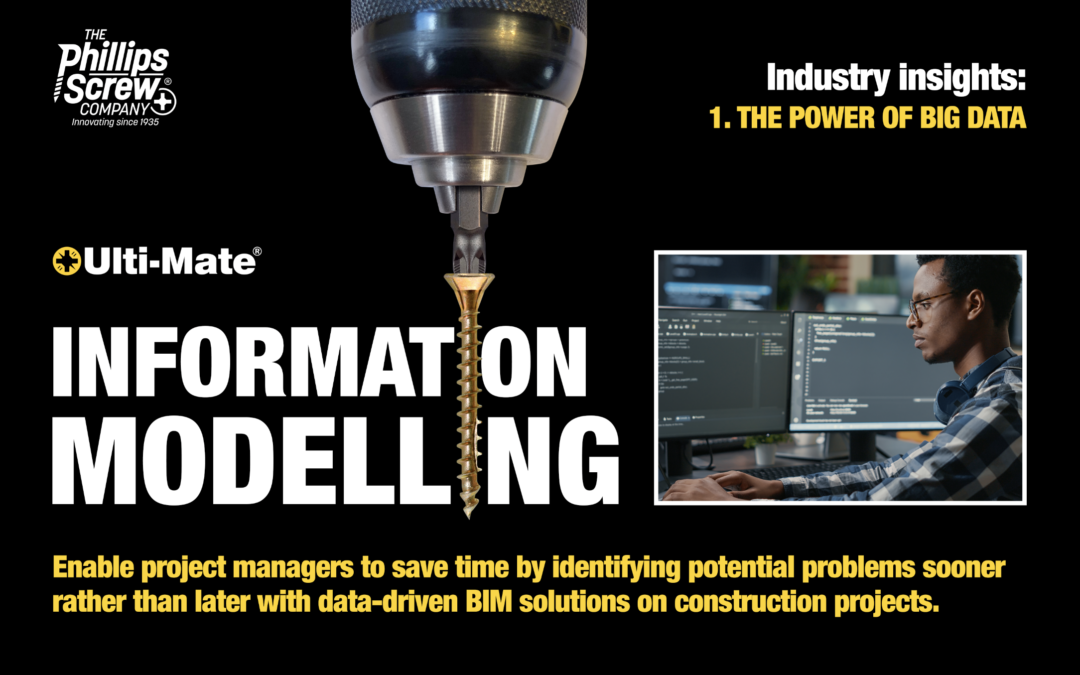Building information modelling in construction
The use of Building Information Modelling (BIM) as a tool for quantity surveying will make construction projects more efficient, eliminate such problems as omissions in the design, errors, and cost increases. With the correct implementation of BIM technology, architects and other consultants will be able to predict costs more accurately at an early stage in the development process. This article explores these advantages further and shows how it can benefit Quantity Surveyors (QSs). It also examines some possible downsides that may arise from its widespread adoption
BIM is a data-driven approach that allows architects, engineers, and other construction professionals to collaboratively create and manage digital representations of building projects. It uses 3D modelling software to generate highly accurate prediction models for cost estimation, scheduling, and risk management. By incorporating detailed information about the project’s materials, workflows, equipment performance, and labour requirements into these prediction models, BIM provides a much more accurate understanding of project costs at various stages of development.
This increased level of accuracy can significantly improve the efficiency of QSs by reducing the likelihood of costly omissions or errors in the design stage. For example, when changes occur during construction due to unforeseen site conditions or safety concerns, BIM can be used to quickly generate updated prediction models to reflect these changes, ensuring that the project stays on track and on budget.
In addition, the use of BIM can help QSs reduce cost overruns by providing accurate estimates of construction costs right from the start. By predicting potential issues early on and incorporating this information into their prediction models, QSs can proactively manage risks associated with cost escalation or delays due to poor scheduling. Furthermore, since developing a prediction model using BIM involves inputting vast amounts of data about material performance and labour costs, it is possible to identify areas where costs may be reduced, or resources could be better utilized.
While there are many benefits to adopting BIM technology in quantity surveying, some challenges exist as well. For example, implementing BIM requires significant time and financial investment, which may be prohibitive for some QSs. Additionally, certain prediction models may not always be accurate in the prediction of construction costs depending on the complexity of the project or a range of other factors. Despite these limitations, BIM has many advantages that make it an invaluable tool for QSs in today’s fast-paced construction environment.
More articles to come in the following weeks.
To find out how the Ulti-Mate® range of screw fastenings can make your business more efficient, call Andy Boden on 07706 783563 or email aboden@phillips-screw.com
Further reading
https://www.ciob.org/sites/default/files/M21%20%20BUILDING%20INFORMATION%20MODELLING%20-%20BIM.pdf
https://www.autodesk.com/industry/aec/bim
#ultimate #ultimatewoodscrews #phillipsscrewcompany #stickfit #constructioninsights #constructionAI #bigdatainconstruction #BIM #constructionefficiency #constructionalgorithms #efficient #performance #woodscrews #screws #construction #worksmart #marketingtoolkit


Recent Comments